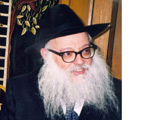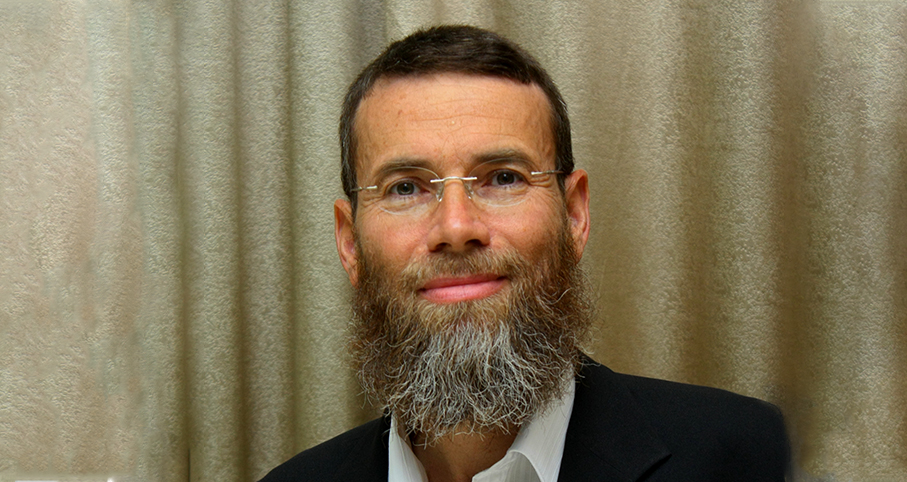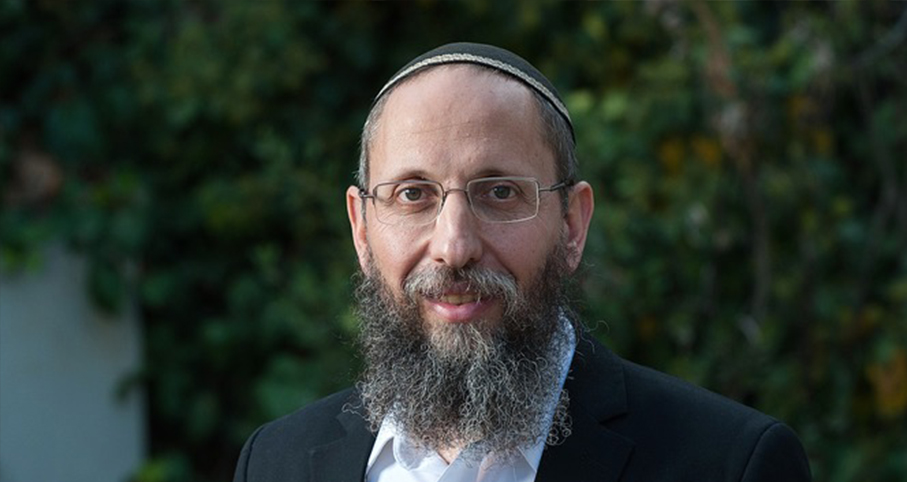Beit Midrash
- Sections
- Chemdat Yamim
- Bemare Habazak - Rabbis Questions
- Shabbat and Holidays
- Rosh Hashana
- Shofar Blowing
Answer: The gemara (Rosh Hashana 16a-b) speaks about blowing shofar when sitting (before "Shemoneh Esrei") and also when standing (during Shemoneh Esrei). The idea of 100 kolot is apparently post-Talmudic (see Tosafot, Rosh Hashana 33a).

Bemare Habazak - Rabbis Questions (627)
Rabbi Daniel Mann
529 - Ask the Rabbi: Shehecheyanu on Winning a Court Case
530 - Shofar Blowing during the Silent Amida
531 - How/When to Start Breaking Yom Kippur Fast
Load More
On the other hand, we do recite nine berachot during the Amida. Also, even if in the original obligation for the standing tekiot was in chazarat hashatz, now, with 100 kolot, Amida may be a logical time, which might be enough reason to calm concerns for hefsek in Shmoneh Esrei (see Eshel Avraham (Butchatch) to OC 592). In fact, the Aruch (a Rishon) quoted by Tosafot (Rosh Hashana 33b), the Tur (Orach Chayim 592), and others, talks of 30 kolot during Amida.
Still, the Shulchan Aruch relates to tekiot regarding chazarat hashatz (OC 592:1) and not Amida (OC 591), the Rama does not comment, and the Magen Avraham (intro. to OC 592) says that it is better not to blow during Amida. What apparently changed the practice was the fact that the Arizal recommended blowing 30 during the Amida (leaving 10 at the end of davening). As often happens, many Sephardi (see Yechaveh Da’at ibid.) and Chassidic communities follow the kabbalistically preferred approach (especially regarding something with mystical overtones like tekiat shofar). Non-Chassidish Ashkenazim, by and large, especially those who daven Nusach Ashkenaz, follow the stronger halachic sources, and do 30+10 after chazarat hashatz.
This breakup by affiliation is not complete. A small minority of Nusach Ashkenaz shuls blow in Amida. The Avnei Nezer (OC 445), the Rebbe of Suchochov, opposed tekiot in Amida, but in practice most Chassidic shuls blow in Amida. The group with the most variance in practice is those who daven Nusach Sephard but are not Chassidic.
Poskim (see Yechaveh Da’at ibid.) generally justify both approaches and recommend that shuls keep their minhag. In your case, you could claim that a relatively new minyan, with the participants unsettled on the matter, can change based on (a) new arrival(s). However, I would not want to be the catalyst for such a change, which could be divisive at a time we want to heighten unity (e.g., Rosh Hashana). You need not be concerned, as just listening is not a hefsek (see Radbaz ibid.).
Now, for instructions. If you finish a beracha before its tekiot, wait at that point (Nitei Gavriel, Rosh Hashana 64:7). If you are behind them when they blow, listen quietly, and they will count for you (ibid.). Although those with this minhag will say Hayom Harat Olam when they finish each beracha, you do not need not do this as practice, as in your regular practice, you would also say it in chazarat hashatz but not in Amida (see Igrot Moshe, OC II:29).

Ask the Rabbi: Escorting Husband Returning from Hospital on Shabbat
Rabbi Daniel Mann | Sivan 5785

Ask the Rabbi: Selecting Things to Use Later on Shabbat
Rabbi Daniel Mann | Iyar 5785

Ask the Rabbi: Beracha on Mediterranean and Atlantic
Rabbi Daniel Mann | Sivan 5785

Ask the Rabbi: Beracha when Lighting for a Neighbor
Rabbi Daniel Mann | Kislev 5786

Rabbi Daniel Mann

Reciting Kri’at Shema at the Very End of its Time
Sivan 21 5779

Pay for Overtime on Shabbat
5773

Tisha B’Av Pushed Off Until Sunday
Av 6 5776























